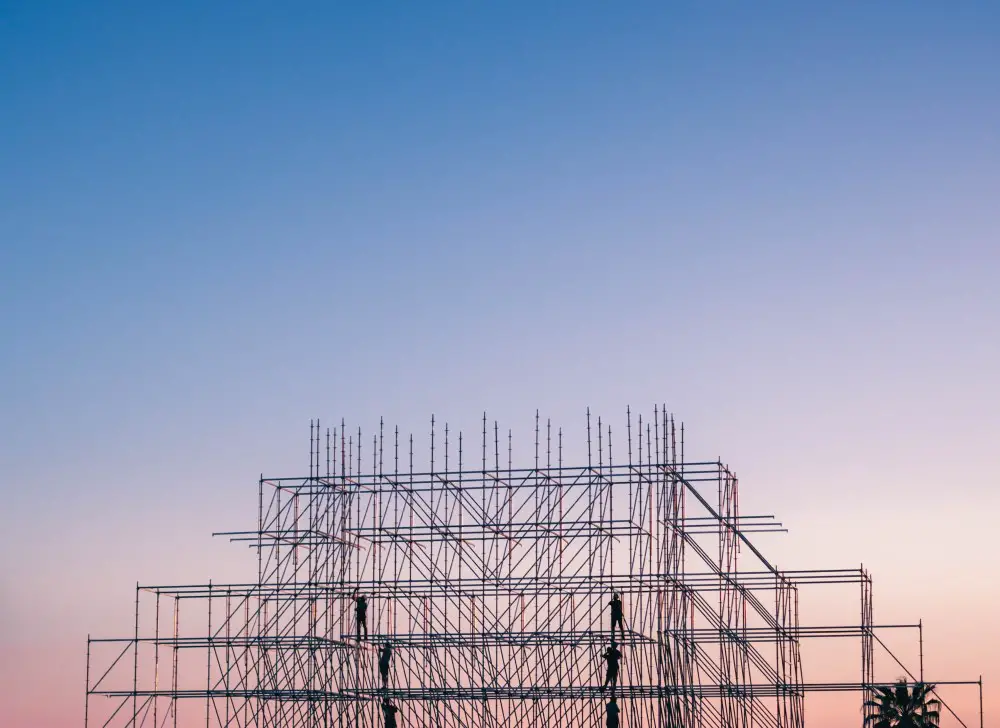It may be a question that has been plaguing you for some time, or maybe it’s a thought that’s just popped into your head. Regardless, you are likely now pondering a conundrum that involves the places we spend most of our time in.
That is: why is a building called a building if it has already been built?
As confusing as this question may seem, it’s actually got a pretty simple answer:
The reason buildings are called ‘buildings‘ despite already being built is more to do with the oddities of the English language, rather than any engineering or architectural quirks. This is because the suffix ‘ing’ is a past participle, or gerund, that, when added to verbs, makes them nouns.
Hence, the word ‘building’ becomes a noun, rather than a verb.
However, there are other, more creative, reasons why buildings could be called buildings. Read on to find out what these reasons are, as well as a full definition of the word ‘building’ and why we use it in the modern English language.
Explore our related articles:
Top 20 White Elephant Construction Projects Around the World10+ Amazing L Shaped Buildings from Around the World
25+ Amazing Facts about Battersea Power Station
What is the Tallest Building We Could Build?
Would it be Possible to Build the Pyramids Today?
Which Current Buildings will Last the Longest?
Top 15+ Longest Buildings in the World
What is the definition of the word ‘building’?
According to the list of Building Regulations, a ‘building’ refers to: ‘…any permanent or temporary building but not any other kind of structure or erection’. Other kinds of structures may include tunnels, shelters, or roads, each of which would not be classed as a ‘building’.
However, if you are more of an out-of-the-box thinker, you may like to think of buildings being named as such for more abstract reasons.
For one, buildings are often made of concrete, which is a substance that strengthens over time. Therefore, the structure in question is still being chemically formed even after it has been built, and the building is technically still in the ‘building’ phase.
Indeed, even after a building has already been built, its constructive journey is far from at an end – from maintenance, to renovation, to potential extensions, buildings are always in the process of being shaped. And while this definition is perhaps not textbook, it does help to frame buildings as having their own evolutionary nature – which they do!
Where does the word building come from?

The first instances of the word ‘building’ appear around the early 14th Century, although it was only used commonly from the mid-15th Century onwards. It is not known exactly when the term ‘building’ started to be used as a verb as well as a noun, but it is likely to be around the same time.
‘Building’ is not the only word in the English language to have the suffix ‘ing’ acting as a past participle, turning the word into a noun. In fact, there is a whole class of words similar. These include ‘painting’, ‘covering’, ‘drawing’ and ‘showing’.
Likewise, there are other nouns and verbs, without the suffix ‘ing’, in the English language that mean two things at once. You shower with a shower, for example!
We hope you have enjoyed our probe into why buildings are called buildings despite already being built.
If you would like to check out more definitions and vocabulary explanations from the construction and architecture world, why not explore our selection of Building Wikis?
Last Updated on 28 March 2023 by Michael
